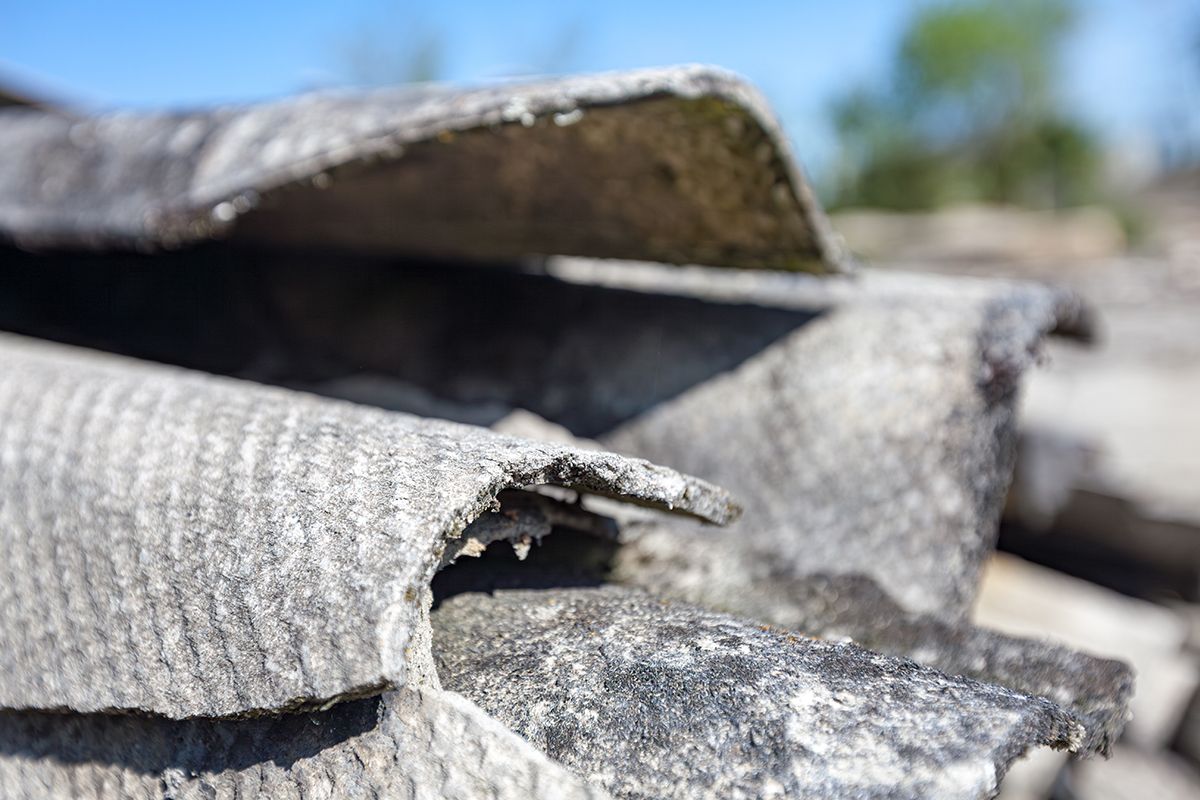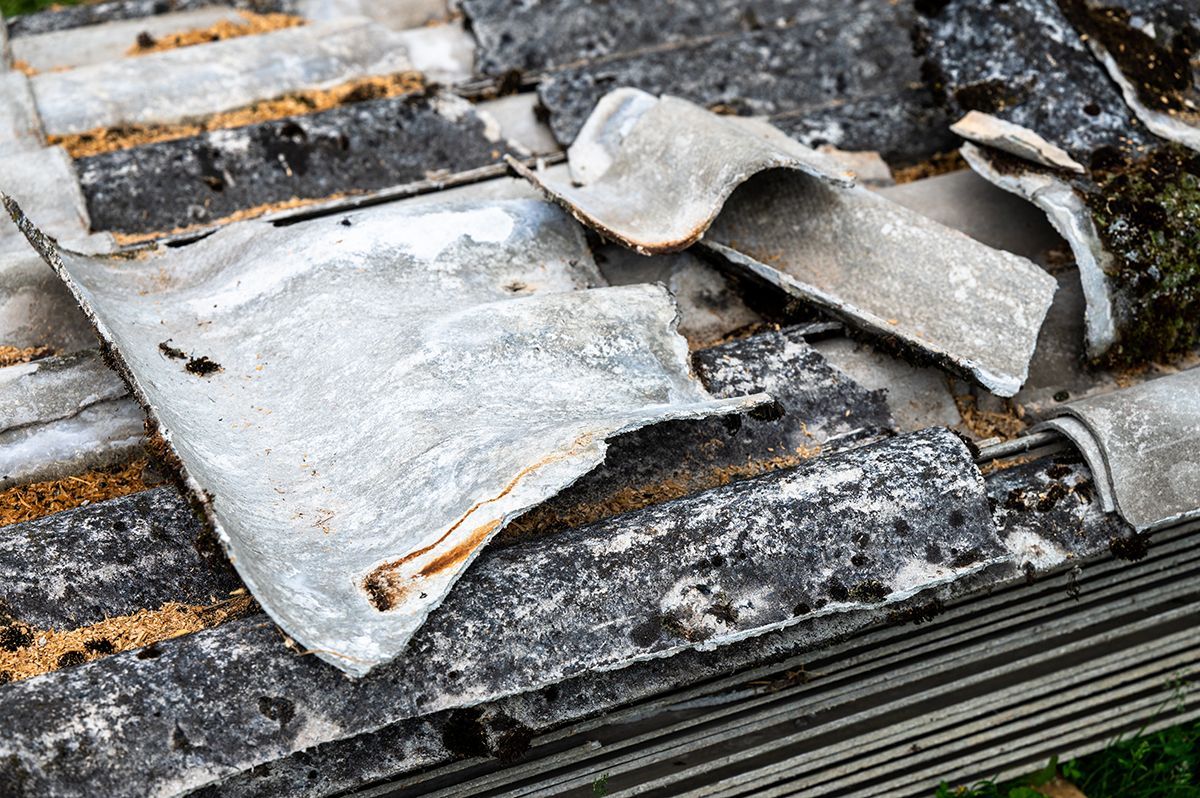UK children exposed to more asbestos than other countries – report
ResPublica says children can be exposed to 10 times as much as they would be in Germany
British asbestos regulation is so inadequate that a child can legally be exposed to 10 times as much of the toxic material as they would be in countries such as Germany, a report has warned.
The report, from the think tank ResPublica, calls for standards to be brought up to levels in the strictest European countries.
There are estimated to be about 6m tonnes of asbestos spread across 1.5m buildings in the UK, with about 80% of schools and 94% of NHS trusts containing it.
The report criticises the regulatory regime in the UK for allowing schoolchildren to inhale levels of airborne asbestos so much higher than are accepted elsewhere.
It argued that the technology used to measure airborne asbestos fibres in the UK is far less accurate than the techniques used in other countries. “A child inhales between five and 10 cubic metres of air per day, meaning the permitted levels of airborne asbestos in the UK can expose a child to 100,000 fibres per day, compared with 10,000 fibres in Germany,” the report said.
According to figures from the Health and Safety Executive (HSE) released in July, in 2017 there were 2,523 deaths from mesothelioma, a cancer of the lining of the organs caused almost exclusively by the inhalation of asbestos fibres.
It is estimated that a similar number of people die from asbestos-related lung cancers.According to figures from the ONS, since 2001 at least 305 teaching and education professionals have died of mesothelioma. A 2018 study suggested that there were five times more deaths from mesothelioma among teachers and three times more among nurses than expected in populations not exposed to the substance.
The thinktank recommends that the UK government bring requirements for the management of asbestos up to the highest international standards, which it says are practiced in Germany, the Netherlands and France.
“The assumption is that the harm caused by asbestos is a historical issue relating to traditionally hazardous occupations and industries,” said the report’s authors.
“However, this view underestimates the dangers of chronic low-level exposure resulting from working in buildings containing asbestos. Mesothelioma can develop from exposure to only a small concentration of asbestos fibres, making secondary exposure no less a cause for concern.”
Between 1920 and 2000, Europe accounted for more than 50% of all asbestos traded throughout the world. The UK imported more asbestos per capita than any other country and has the highest rates of asbestos-related deaths in Europe.
The report also argues for the creation of a central register of all asbestosin public buildings across the UK – which should identify precise location, type and condition – and calls on the government to commission a cost-benefit analysis of the removal of all asbestos from them.
UK regulations state that asbestos should be maintained in situ rather than removed, provided it is in a “good condition and well protected either by its position or physical protection”. This approach has been criticised by unions for putting people at risk.
The director of ResPublica, Phillip Blond, said toxic material being allowed to sit in an increasing state of decay in our schools and hospitals coupled with the death rates among nurses and teachers were “a tragic indictment of the current system of containment and control”.
“The inability of our current health and safety regime to recognise and respond to the true extent of the dangers posed is even more worrying,” he said, adding that a “national health crisis awaits us and our children if we do not act now.”
A HSE spokesperson said there were stringent legal requirements for those responsible for public buildings in Britain to protect against the risks of asbestos. “There is only a significant risk if any asbestos already within the building fabric is disturbed,” they said.
“Great Britain led the way in 2002 to reduce these risks, when it introduced a new duty on those responsible for non-domestic buildings to locate and manage asbestos materials where it is decided it can be safely left in situ rather than removed.”
Original Source of Article: The Guardian
The post UK children exposed to more asbestos than other countries – report appeared first on Cordtape.
Share on social media




